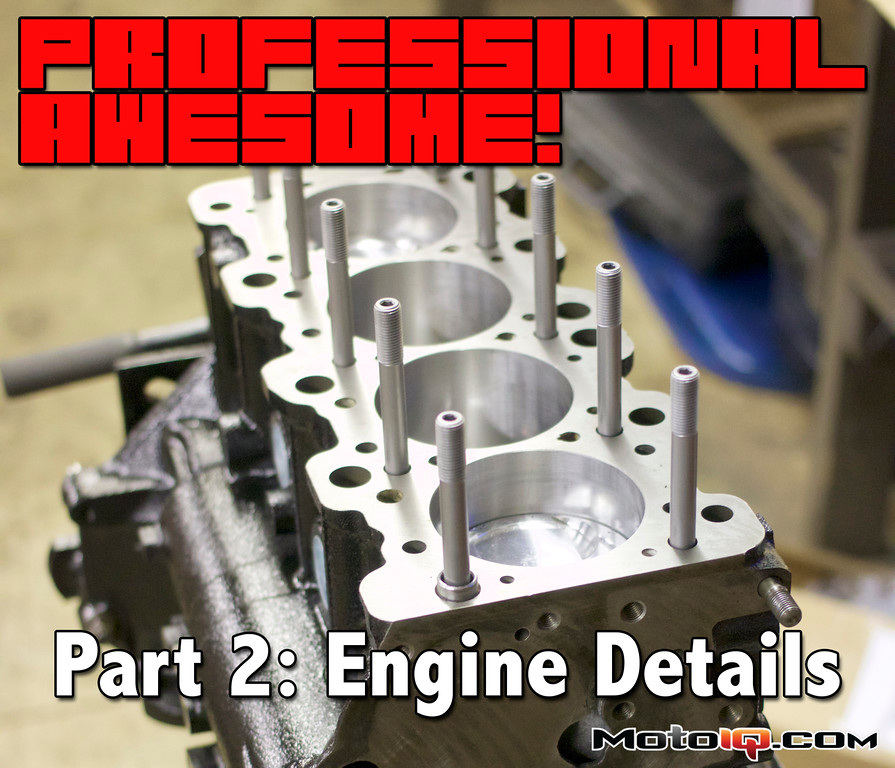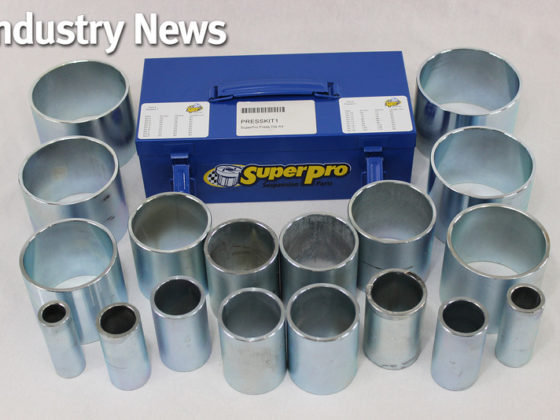,
We also had heard of gas porting pistons, which seems to be relatively uncommon in the import world, but more common on domestic engine builds. This involves creating ports within the pistons themselves to allow gas pressure to reach the inside of the top piston ring, pushing the ring into the cylinder bore to achieve a better seal. While doing our researche we discovered two options to port the pistons. Lateral (aka radial) gas ports and vertical. Lateral is where the top ring land is drilled at a 45 degree angles around the piston. This allows the gas pressure to sort of sneak around the edge of the ring and get to the inside to then push outwards. The vertical option is drilling holes straight through the crown of the piston into the the ring seat allowing a straight shot for the gas pressure to get inside the ring. The vertical option is considered more aggressive and we couldn’t find many outside of the drag racing world running this way. Lateral gas ports seemed more common in the circle track world, so initially, this was the route we planned to go.
Turns out, Steve Schmidt only does vertical porting and says that they’ve had zero issues running this on everything from street cars to circle track to, of course, drag racing. The suggestion was made to check for any abnormal wear after every season, but in their experience, it was a no-brainer option and something they do in every engine they can. So far, so good on our set up and we’ll report back once we get more miles on the car.
 And here is our finished, vertical gas ported pistons. Unfortunately I did not get a picture of the process or piston before it was assembled, but the previous diagram explains quite well how the process works.
And here is our finished, vertical gas ported pistons. Unfortunately I did not get a picture of the process or piston before it was assembled, but the previous diagram explains quite well how the process works. On the right is a relatively normal looking exhaust valve from our engine. On the left is the worst looking of two valves that had been hammering themselves so much they deformed. We believe the culprit was a pair of dying valve springs that allowed the valves to float at high RPM. When the follower came off the cam, the valves then smashed down into the seats at very high speeds. We aren't sure how long this was happening, but it was bound to fail at any time as stress fractures were forming. This would have likely destroyed the block, head, turbo and maybe more. We think finding this before it happened was the one good thing that came from crashing the car.
On the right is a relatively normal looking exhaust valve from our engine. On the left is the worst looking of two valves that had been hammering themselves so much they deformed. We believe the culprit was a pair of dying valve springs that allowed the valves to float at high RPM. When the follower came off the cam, the valves then smashed down into the seats at very high speeds. We aren't sure how long this was happening, but it was bound to fail at any time as stress fractures were forming. This would have likely destroyed the block, head, turbo and maybe more. We think finding this before it happened was the one good thing that came from crashing the car.With the short block squared away, the attention was shifted to the cylinder head. The good news was that the head on the car survived the Road Atlanta accident, which helped our budget ever-so-slightly by keeping us from having to buy a new one. There were no major changes in store for the head, but we decided to have it refreshed just to be safe. This ended up being a very wise move as it appeared that we had some valve float issues, damaging 2 exhaust valves pretty severely, nearly to the point of failure. This was one silver lining from having the accident, because we had to tear down the engine due to the accident it ended up saving us from the imminent engine meltdown that was bound to happen. Almost made destroying the car worth it…
 Our head all refreshed and ready to go. You can just catch a glimpse of the new MA Performance Ultimate Duty valve springs and titanium retainers below the Kelford 272 cams. Additionally you can see the Kiggly Racing HLA pressure regulator which is designed to keep excess oil from pooling in the cylinder head. To ensure we had as much oil draining back to the pan as possible, team mechanic Grant Davis cleaned up the casting flaws in the cylinder head oil drain back holes.
Our head all refreshed and ready to go. You can just catch a glimpse of the new MA Performance Ultimate Duty valve springs and titanium retainers below the Kelford 272 cams. Additionally you can see the Kiggly Racing HLA pressure regulator which is designed to keep excess oil from pooling in the cylinder head. To ensure we had as much oil draining back to the pan as possible, team mechanic Grant Davis cleaned up the casting flaws in the cylinder head oil drain back holes.  Nothing too fancy here, just a stock un-ported 4G63 head. We did utilize GSC's C67410 Manganese Bronze valve guides. They are profiled for improved flow over the factory design.
Nothing too fancy here, just a stock un-ported 4G63 head. We did utilize GSC's C67410 Manganese Bronze valve guides. They are profiled for improved flow over the factory design.


